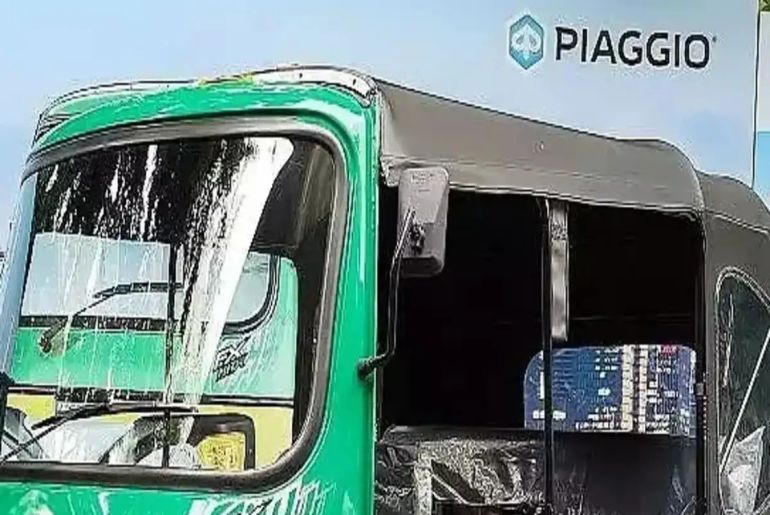Piaggio Vehicles Pvt. Ltd. (PVPL), India’s largest player in the L5 three-wheeler segment, has projected that electric variants will comprise 50% of the market by mid-2028. This comes despite a significant reduction in government subsidies under the revamped FAME and PM E-DRIVE schemes.
According to Diego Graffi, Chairman and MD of Piaggio Vehicles, the surge in adoption is no longer subsidy-driven but rather a result of structural market dynamics. These include better access to financing, improved charging infrastructure, and reduced total cost of ownership compared to internal combustion engine (ICE) vehicles.
“What we are witnessing is not just growth, but a transformation. The shift towards electric L5 passenger three-wheelers is becoming irreversible,” Graffi stated.
Strong Growth Despite Subsidy Cuts
Government support through subsidies has reduced to nearly a quarter of earlier levels, yet electric three-wheeler adoption has soared. As per JMK Research, electric L5 passenger three-wheelers saw a compound annual growth rate (CAGR) of 193.6% between FY23 and FY25. The segment now represents 22.8% of the total L5 market, while electric cargo three-wheelers account for 21.5%.
Piaggio’s expectations are underpinned by the performance of its own electric range, which includes the newly launched Ape E-City Ultra and updated Ape FX Maxx models.
Call for Policy Clarity
Despite the optimistic outlook, Graffi stressed that there must be clear policy signals from the government, particularly regarding the continuation of incentives and clarity around scrappage and end-of-life vehicle rules. He stressed that predictability is essential for OEMs to plan product development and investment strategies.
“Uncertainty around subsidies could disrupt the positive momentum. Clear, long-term policies will enable the industry to scale sustainably,” he said.
Competitor Landscape and State-Wise Growth
While Piaggio is betting big on steady electrification, rivals like Mahindra and Bajaj have already made significant strides. Mahindra’s L5 fleet was over 90% electric in FY25, and Bajaj, which entered the electric three-wheeler space only in FY24, has seen strong adoption.
Piaggio’s projections hinge on increased adoption in southern and western India, where urban demand, state EV policies, and fleet purchases are more prominent. The company also anticipates a spillover effect to smaller towns and peri-urban areas as charging infrastructure and financing improve.
Looking Ahead
If trends continue, Piaggio believes the market may exceed the 50% EV share earlier than expected, making India a global benchmark for electric three-wheeler transformation.
Key Stats:
-
Expected EV market share (L5): 50% by mid-2028
-
Current EV share (L5 passenger): 22.8%
-
CAGR (FY23–FY25): 193.6%
-
Major players: Piaggio, Mahindra, Bajaj, OSM, TVS
-
Policy need: Clarity on subsidies and end-of-life exemptions
As India accelerates its green mobility drive, Piaggio’s forecast points to the transformative effects of electrification in the country’s last-mile transport segment.

